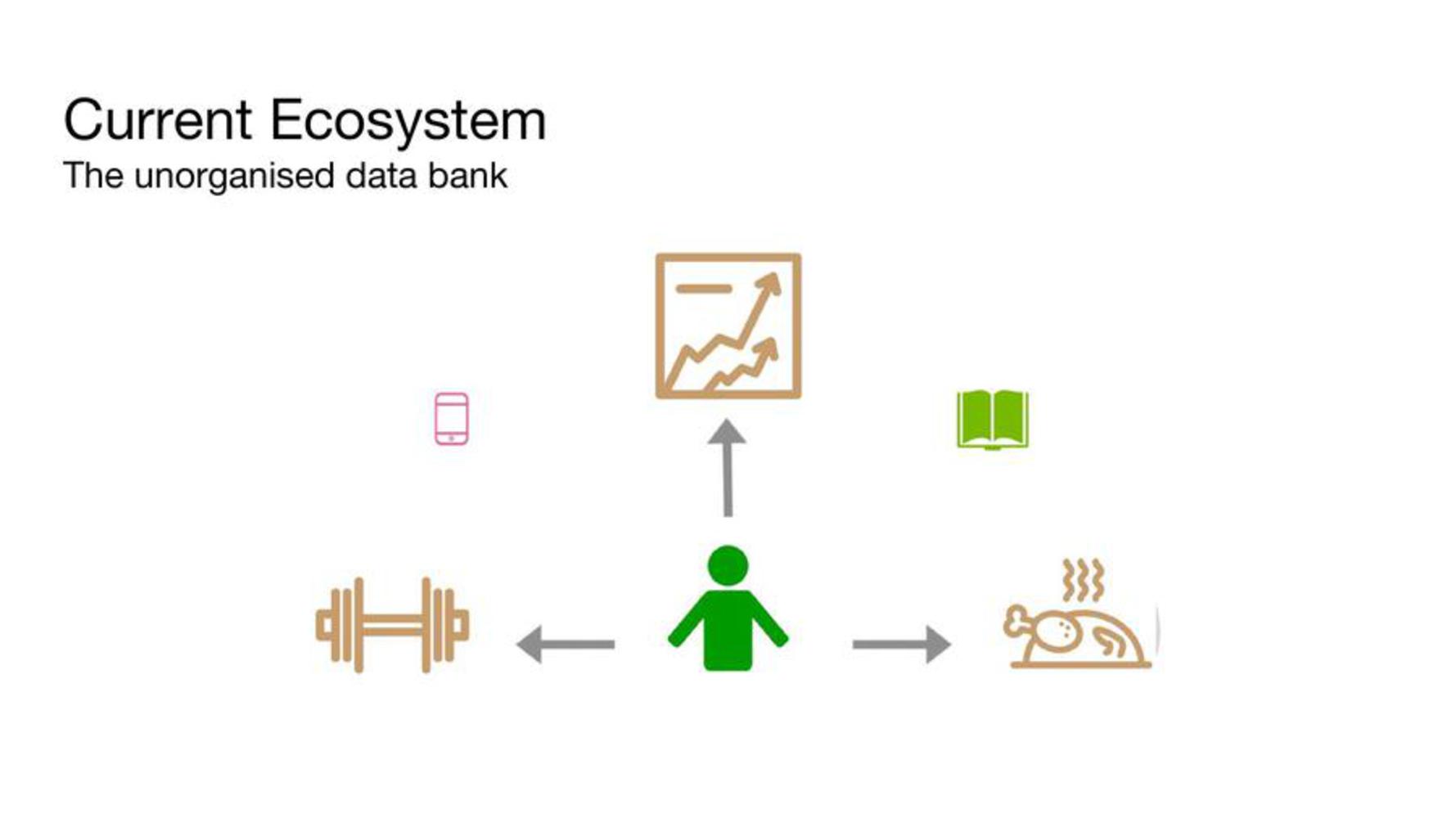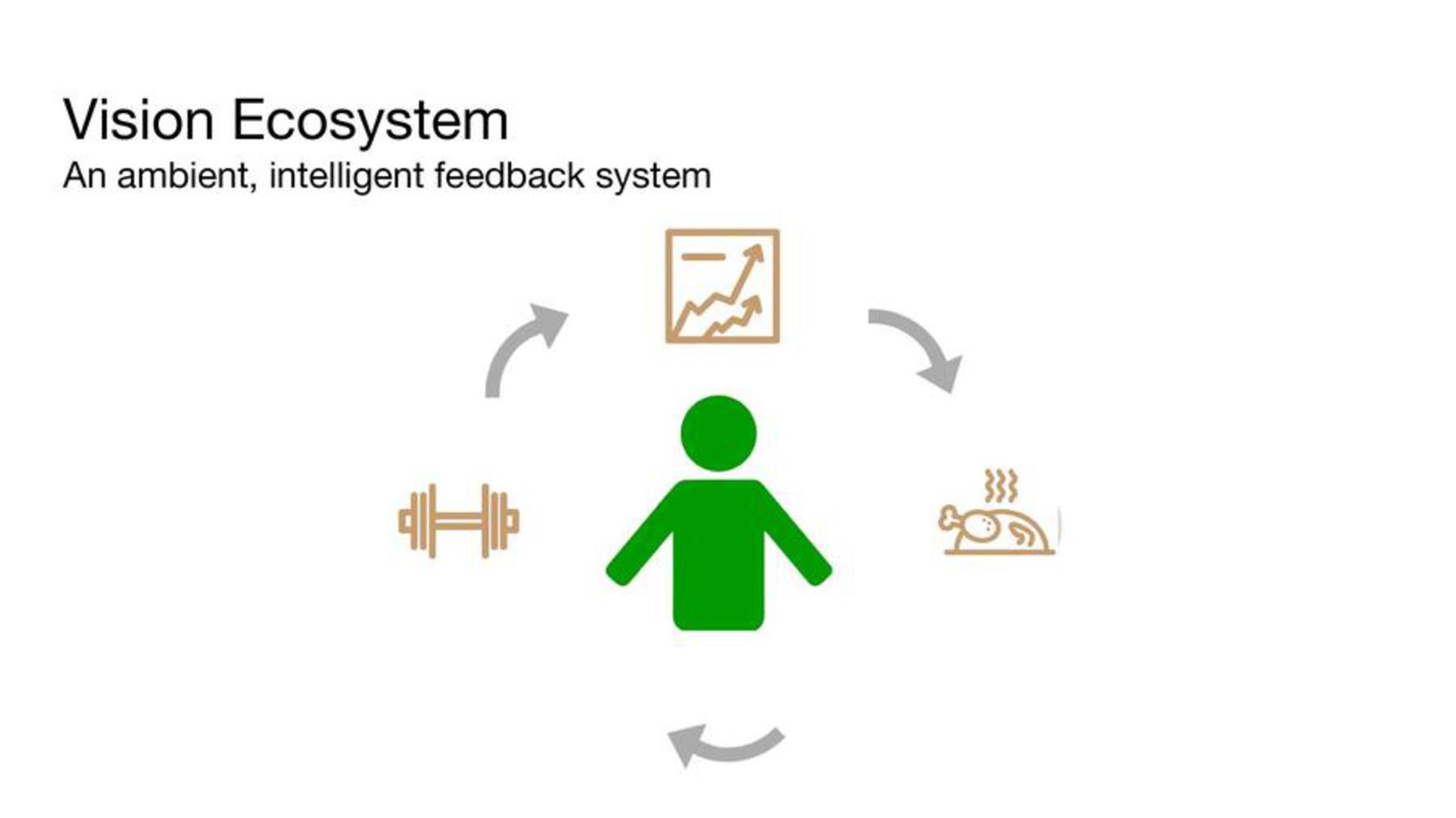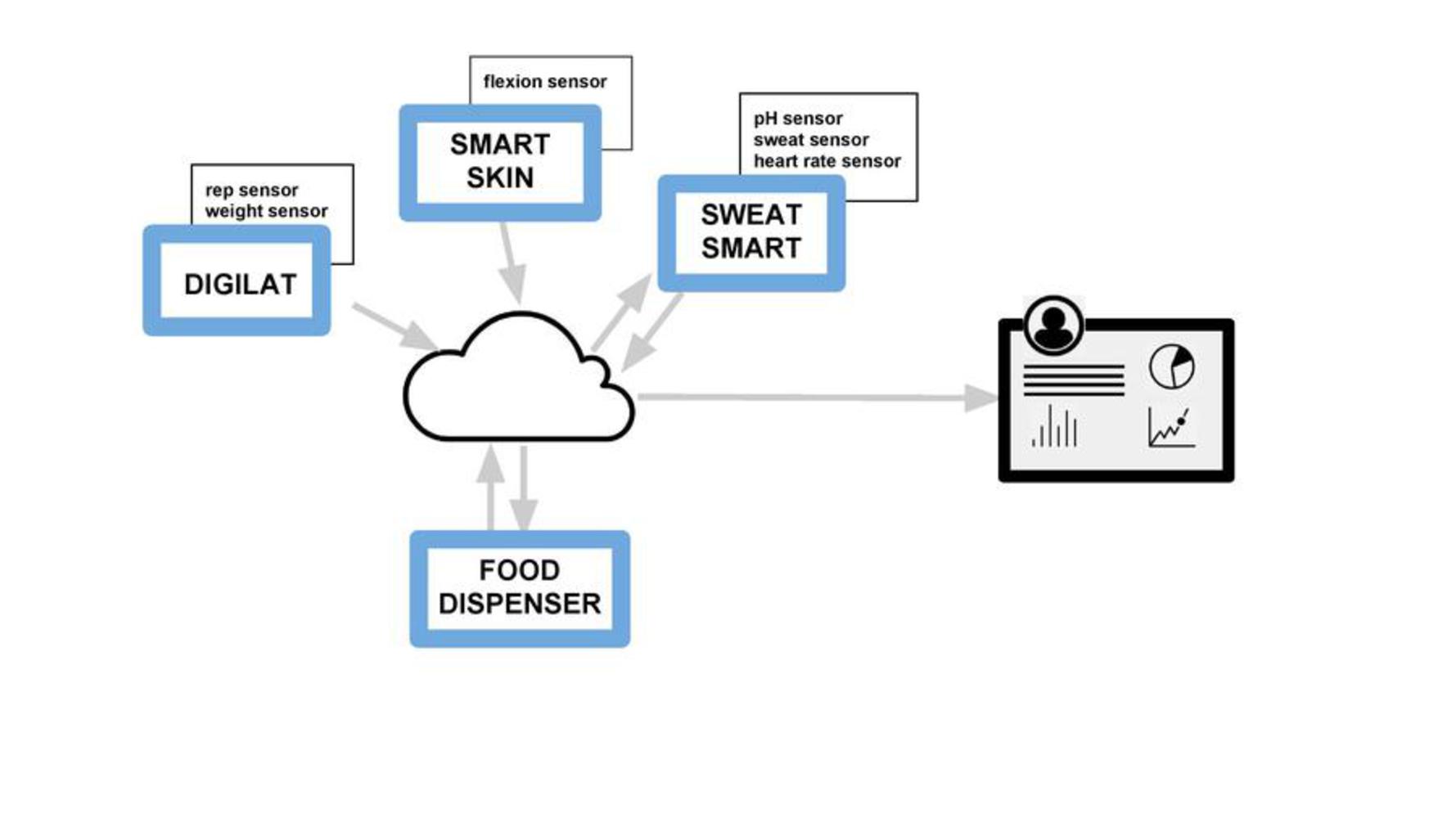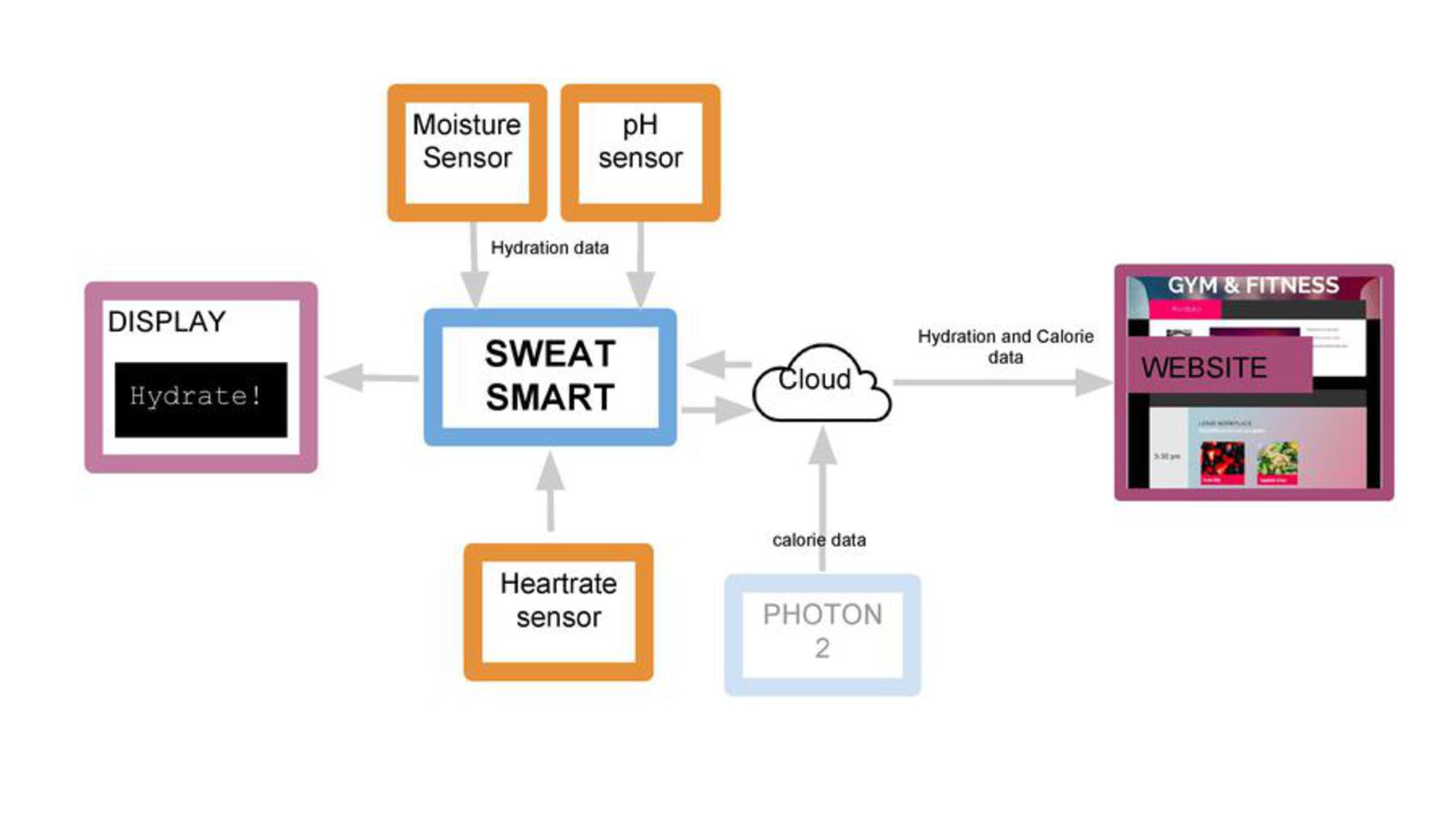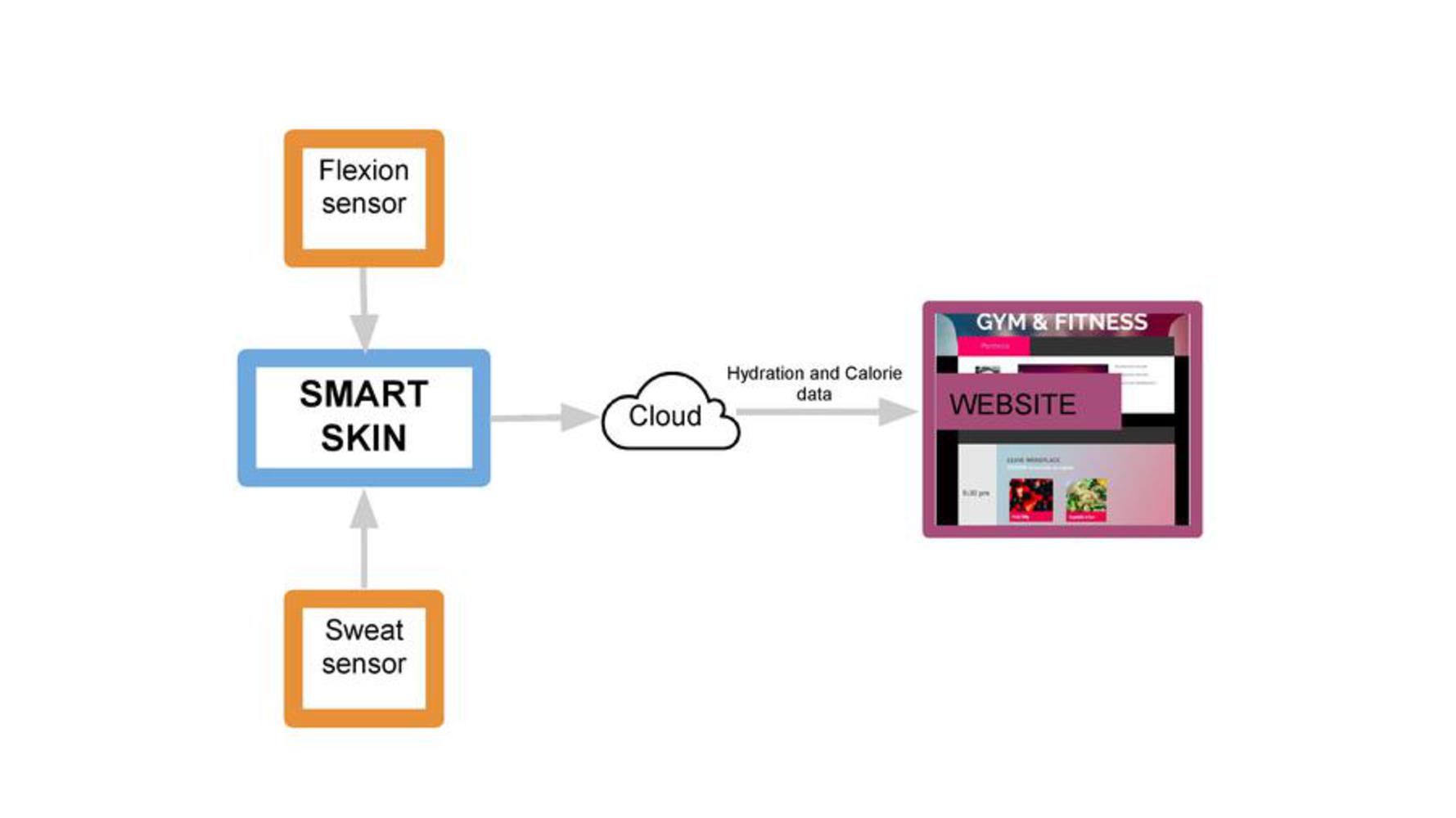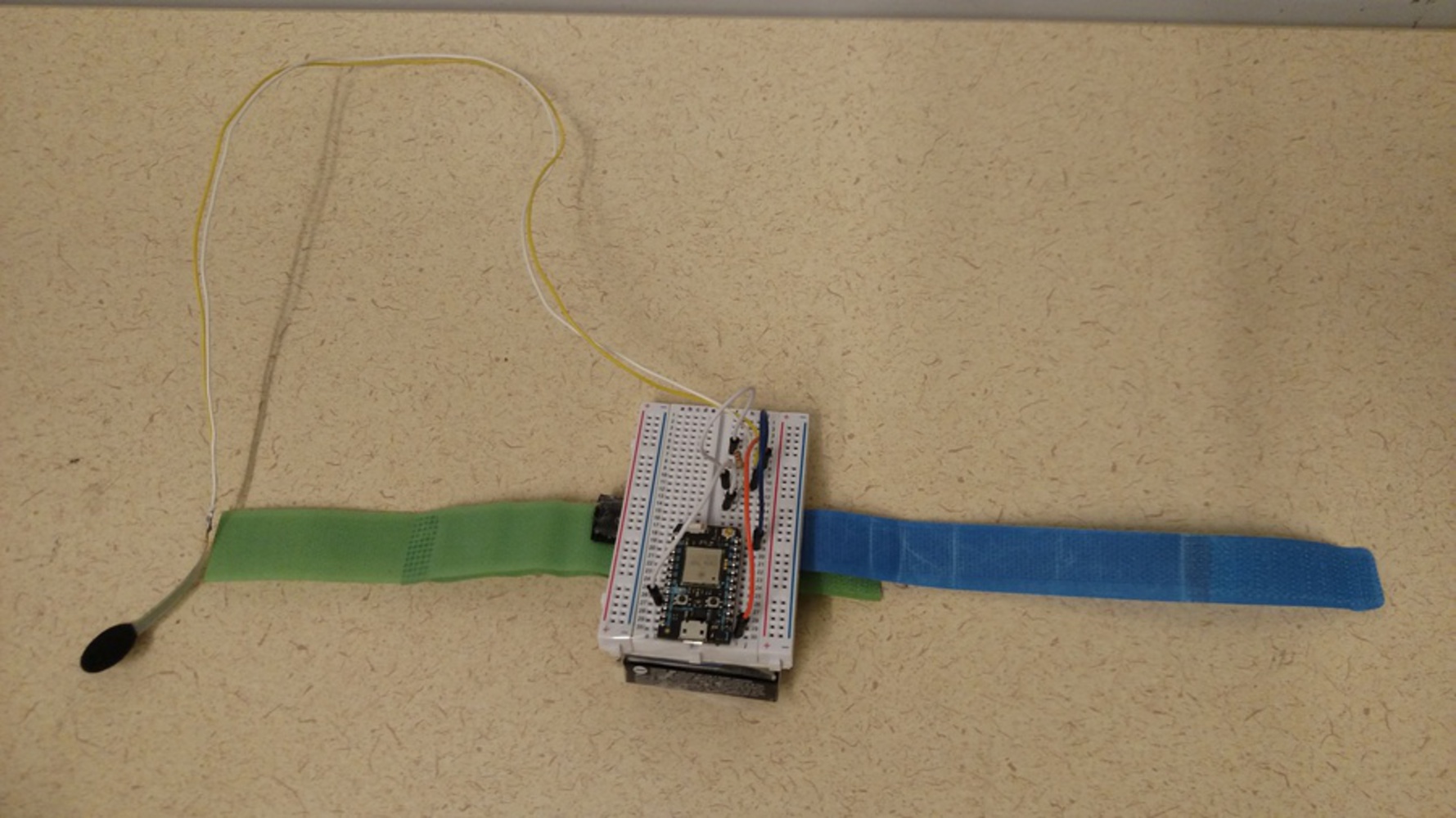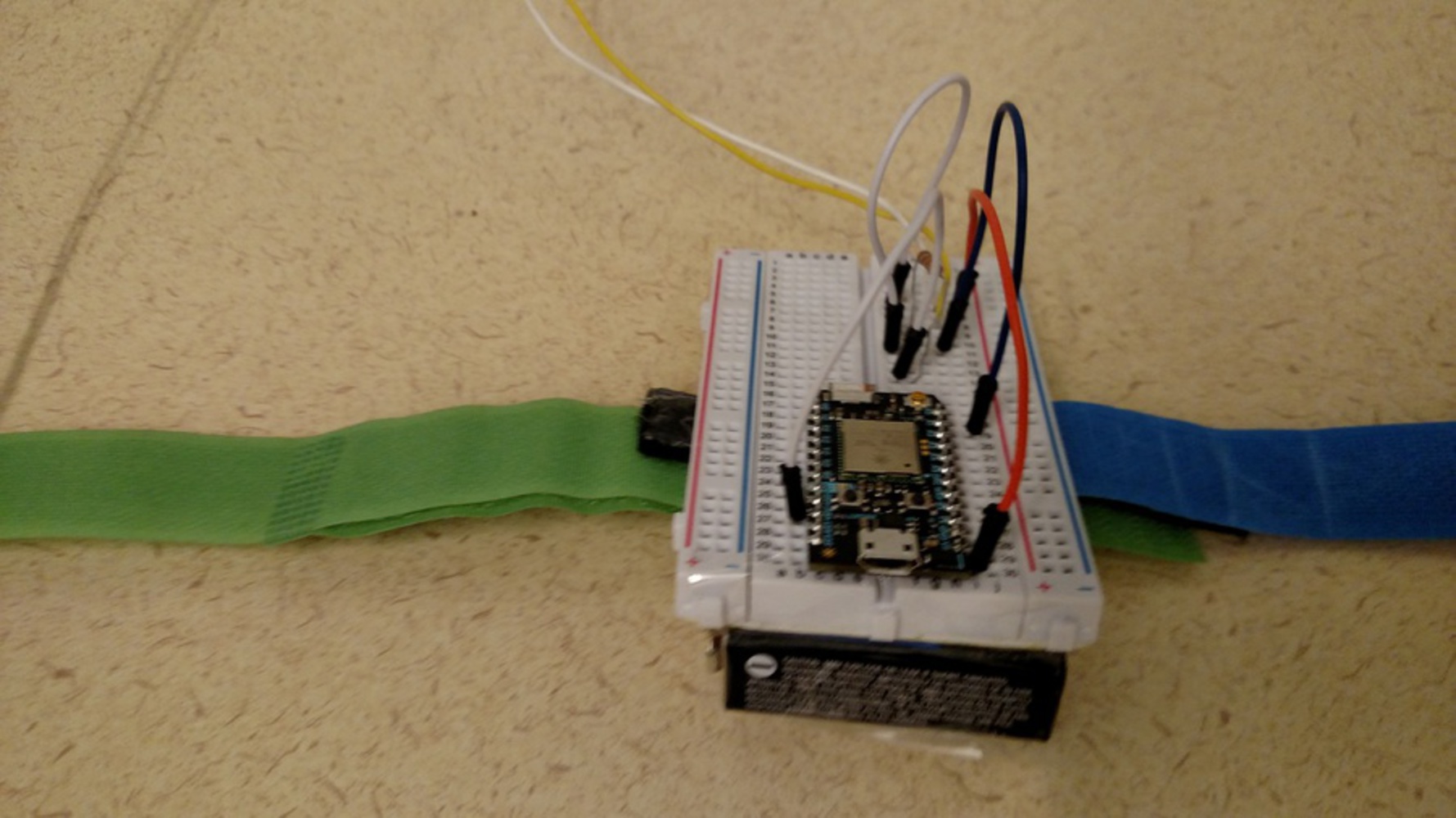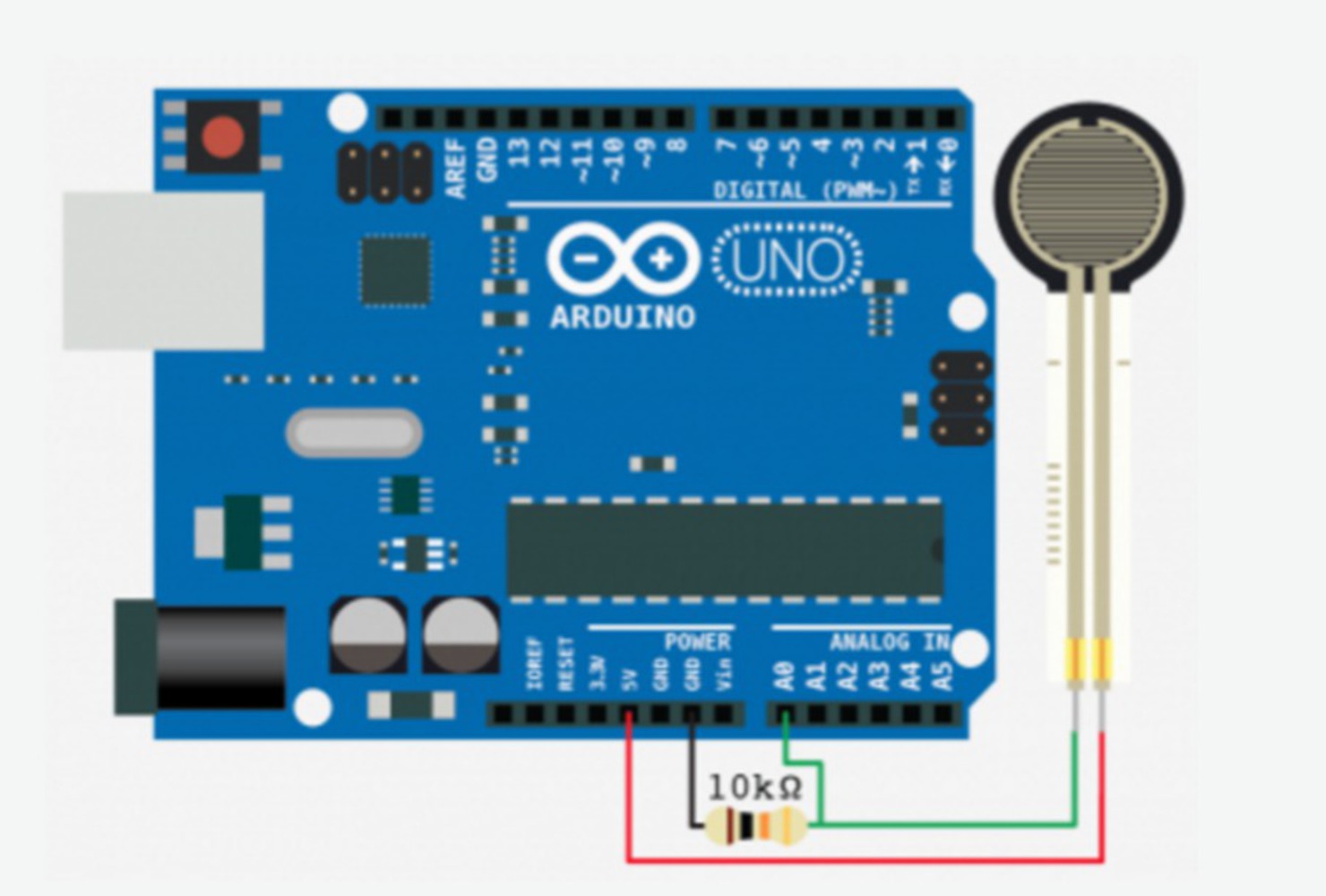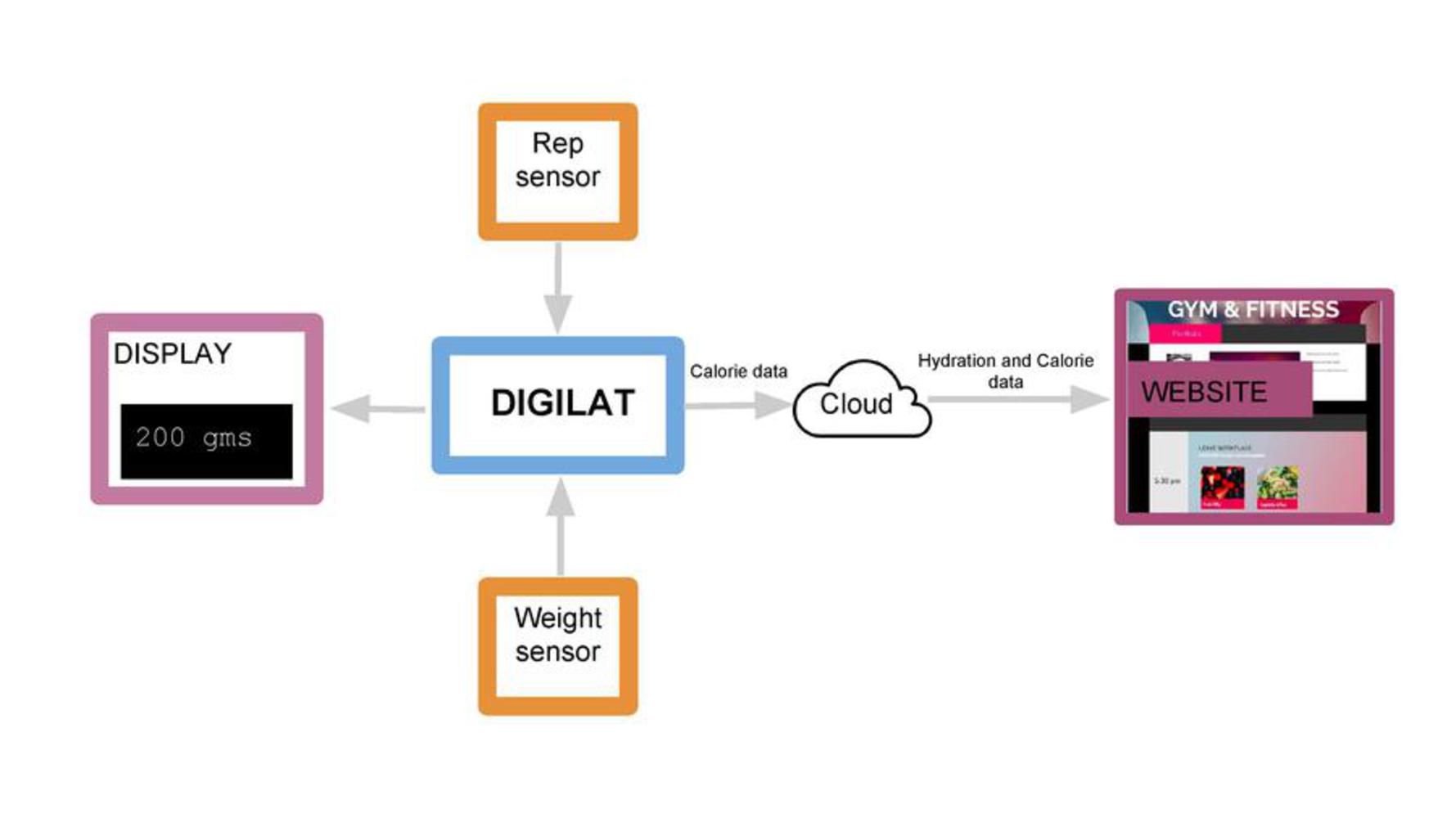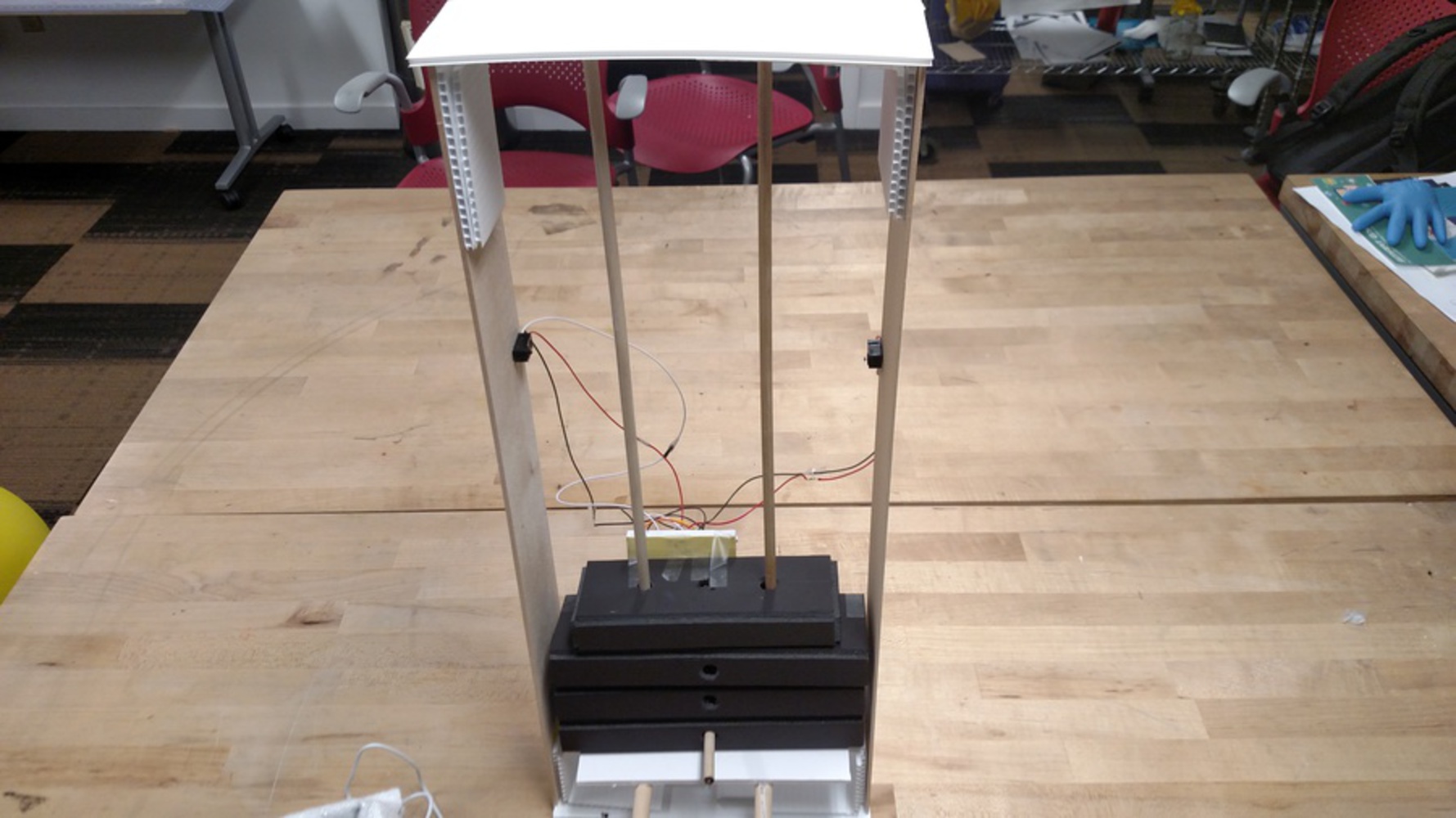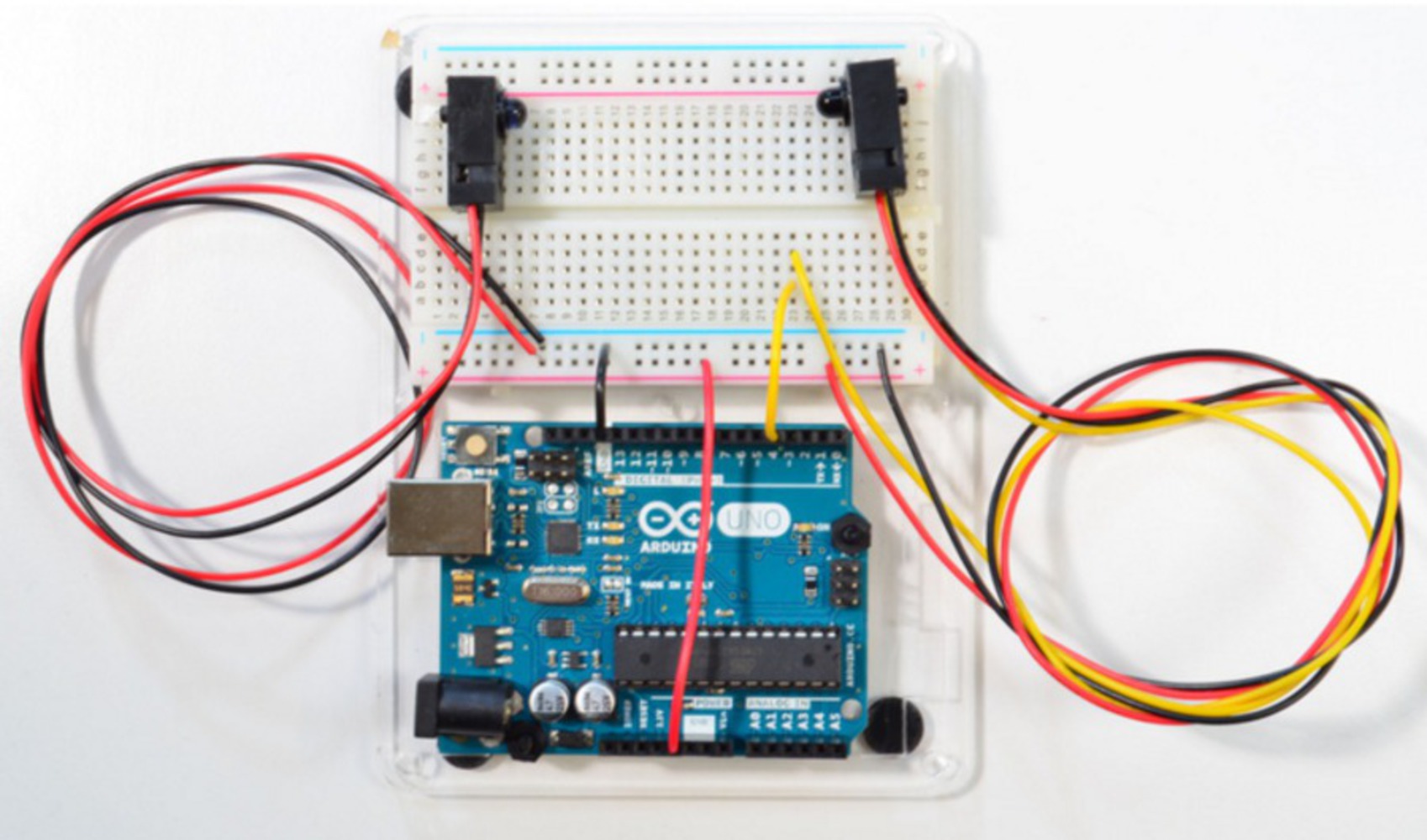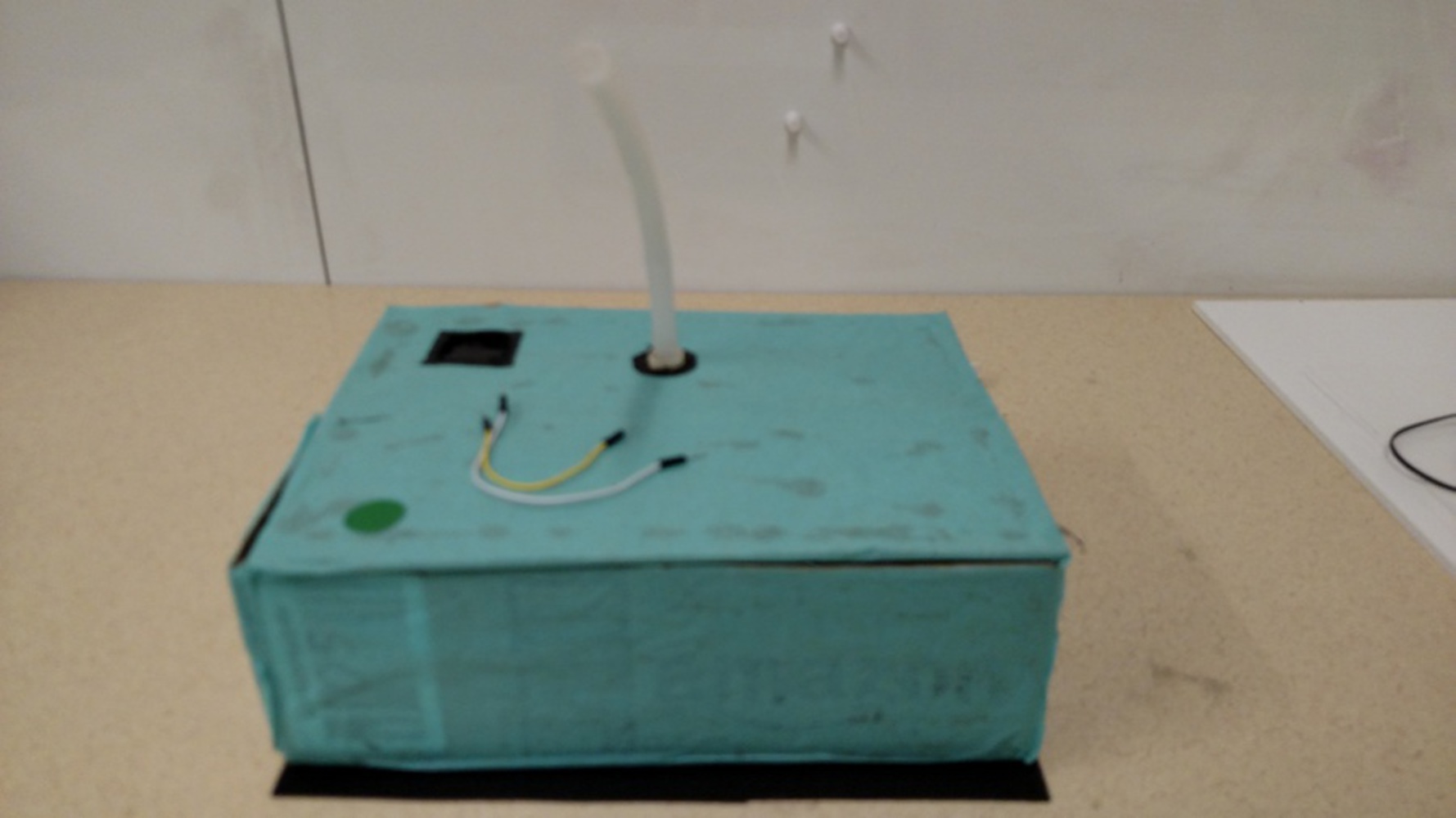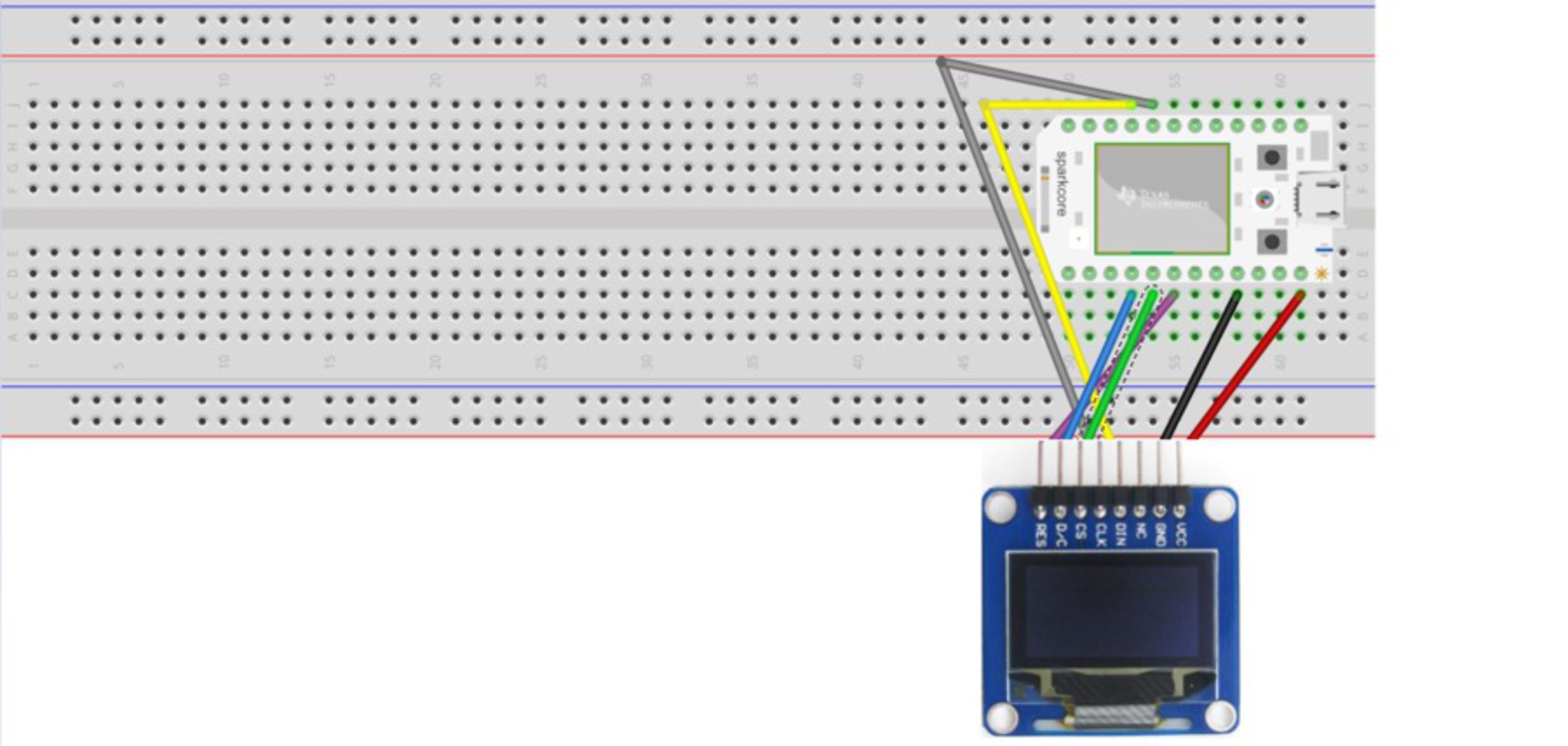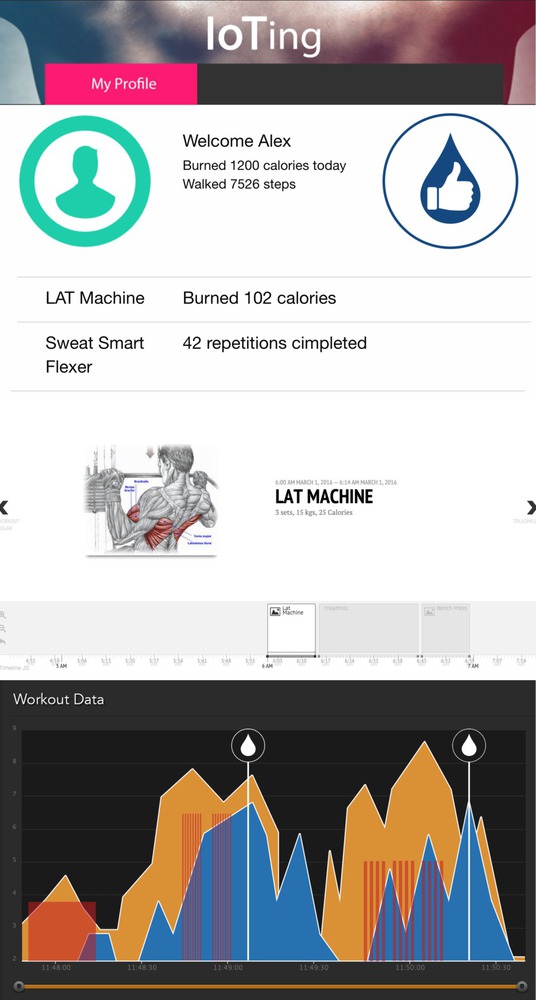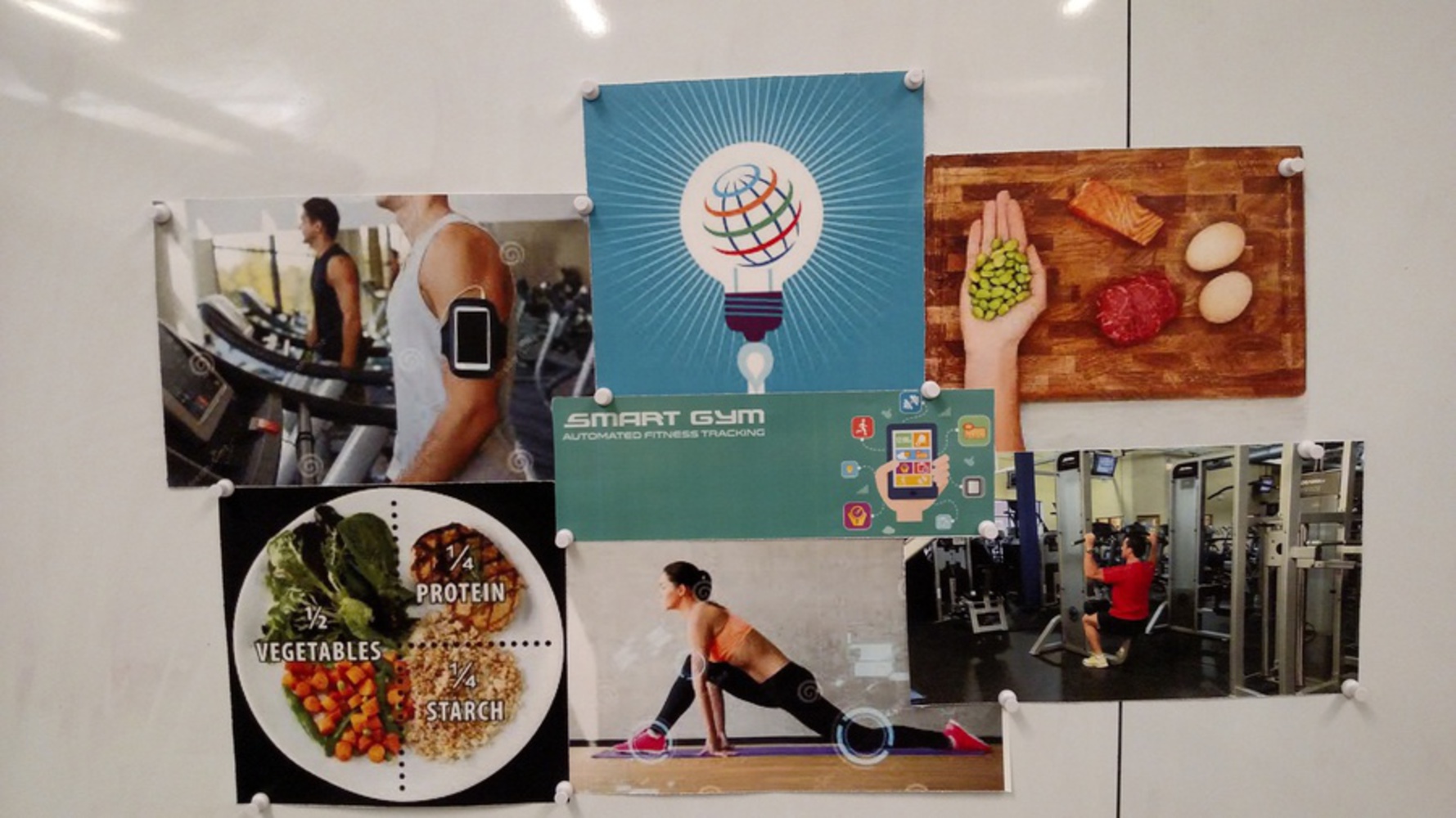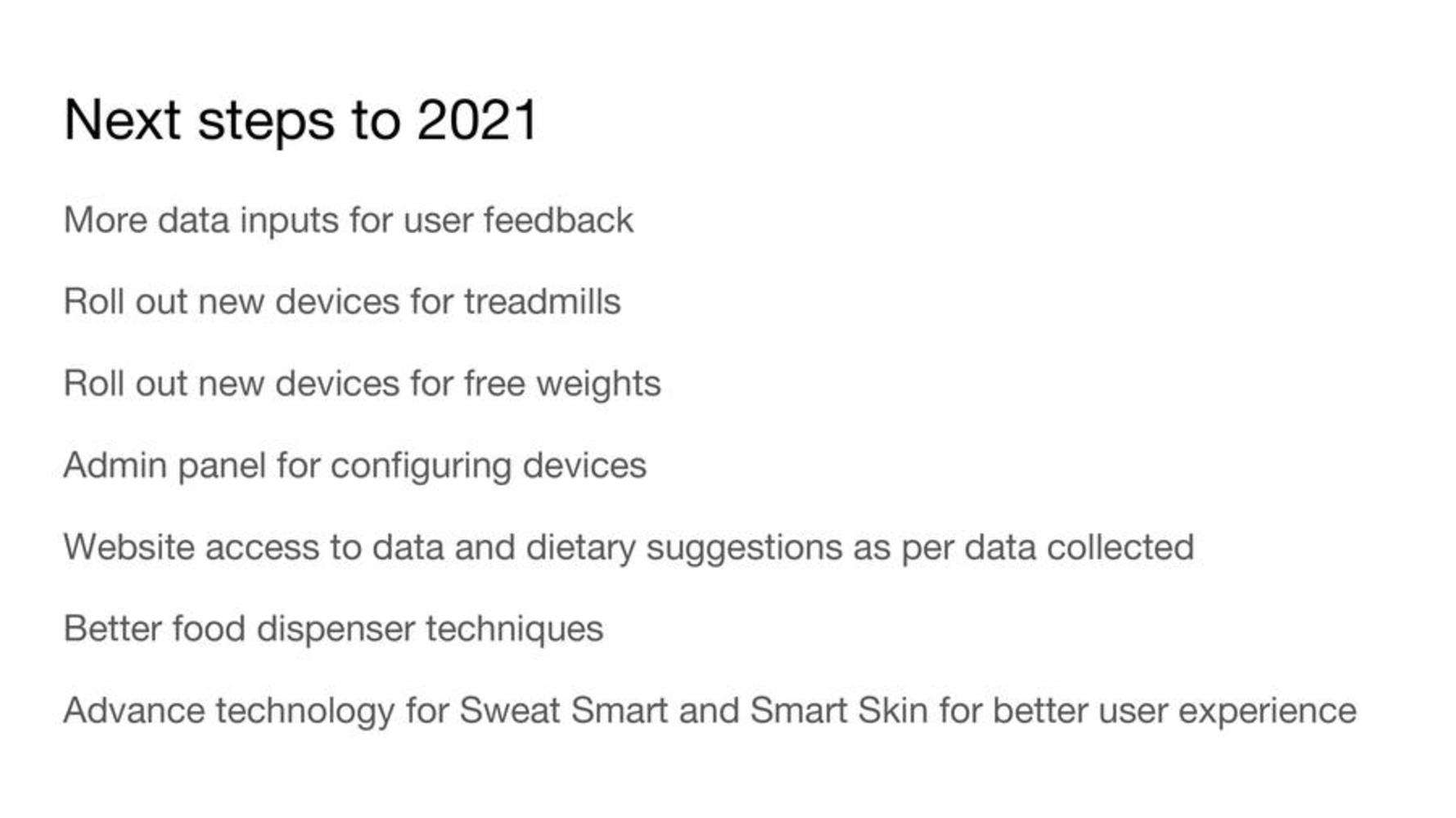Vision
The gym is a place frequented by many. It is associated with fitness, diet, nutrition, confidence, discipline and overall health. In the current scenario where almost all aspects of our life are 'smart' and connected, the concept of the gym as an ecosystem of connected devices is a logical next step. Almost all devices in this domain, both on the market and future concepts, are designed with the intention to better provide data regarding workouts and sports. Current devices tend to offer solutions designed to make exercise more convenient and resource efficient, such as the barbells that can change their weight through centrifugal force, magnets, or other methods. However, there is no efficient usage of the data to provide tangible improvements or effective recommendations to the users. We aim to create and demonstrate a connected ecosystem for a gym in the year 2021 that not only converts this raw data to useful information for the user, but also uses this information to enrich their experience in a tangible way.
We found that gym users are interested in understanding their nutrition requirements and consuming food that most effectively supports their workouts to attain their fitness goals. An overwhelming amount of data on the matter is available online but users are unable to translate this data to their customized workouts. Guided by our findings and insights from primary and secondary research, this project focusses on deeper biological data, and the relationship between the food supply and the way your body is using it and aims to convert the existing gym ecosystem into the ecosystem in our vision.
